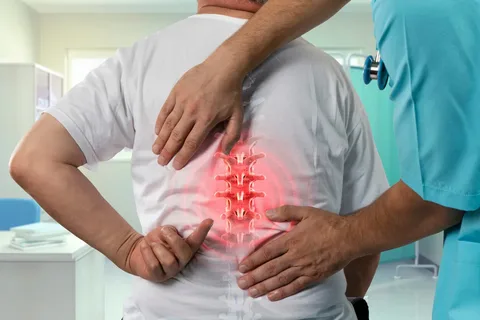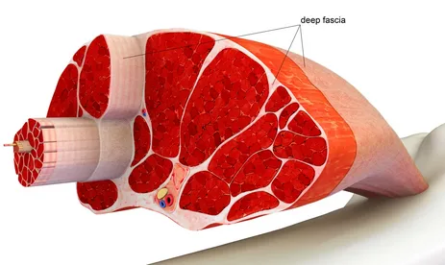Recent neuroscientific findings shed light on the intriguing relationship between touch receptors and chronic pain. This connection is not new, as people have long experienced the sensation of pain relief after shaking an injured hand.
The phenomenon of pain relief from shaking an injured hand can be attributed to the gate control theory of pain proposed by Melzack and Wall. This theory explains how the spinal cord modifies pain signals, specifically in the superficial dorsal horn area, which are transmitted by Aδ and C fibers.
Touch receptors, or Aβ mechanoreceptors, play a crucial role in this process. These large-diameter, highly myelinated neurons are responsible for tactile sensations and are activated when we touch an object. In the context of pain, they can inhibit pain signals at the spinal cord level.
Aβ mechanoreceptors are further classified into rapidly adapting (RA) and slowly adapting (SA) types based on their response to sustained mechanical stimuli. Under normal conditions, the co-activation of touch- and pain-sensing neurons inhibits the transmission of nociceptive information, as proposed in the gate control theory of pain.
The role of Aβ mechanoreceptors in chronic pain remains a subject of ongoing research and debate. Some studies suggest that they may contribute to mechanical hyperalgesia, or increased sensitivity to touch, in chronic pain conditions. Conversely, other research indicates that Aβ mechanoreceptors can inhibit nociception, or pain sensation, even in chronic conditions.
Therapeutic interventions, such as spinal cord stimulation (SCS) and transcutaneous electrical nerve stimulation (TENS), have been developed based on the gate control theory of pain and target the activation of Aβ mechanoreceptors. These treatments have proven effective in managing chronic pain conditions, including neuropathic pain.
Additionally, other therapeutic procedures, such as massage therapy and electroacupuncture, are believed to involve the activation of Aβ mechanoreceptors for their pain-relieving effects.
In summary, recent neuroscientific discoveries highlight the complex role of touch receptors in the perception and management of chronic pain. The co-activation of touch- and pain-sensing neurons at the spinal cord level plays a crucial role in this process, and therapeutic interventions targeting Aβ mechanoreceptors have shown promising results in managing chronic pain conditions.
*Note:
1. Source: Coherent Market Insights, Public sources, Desk research
2. We have leveraged AI tools to mine information and compile it



